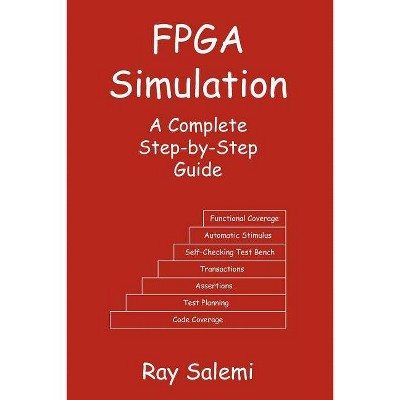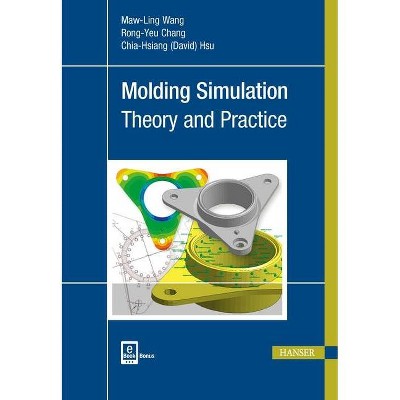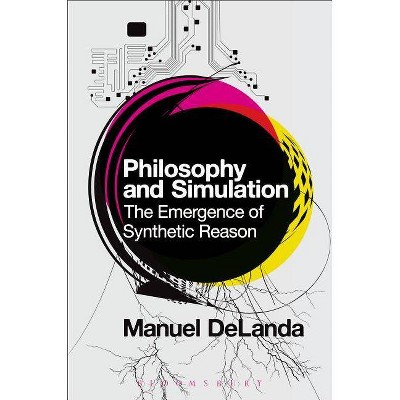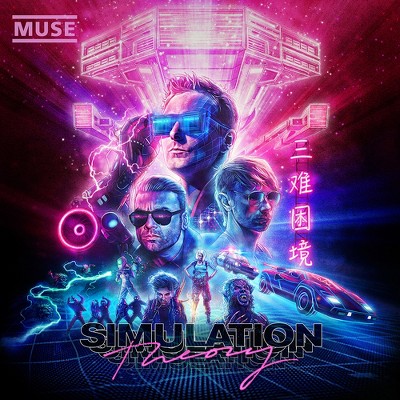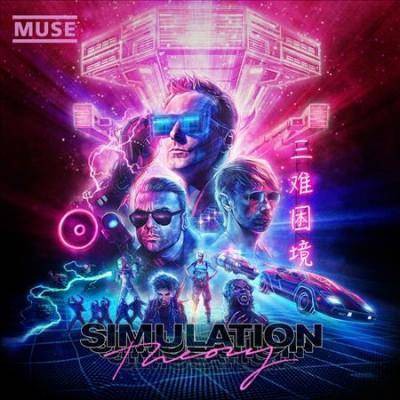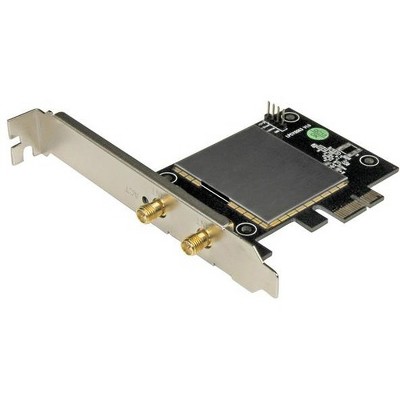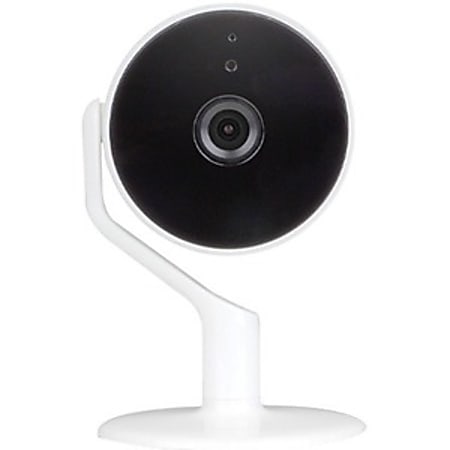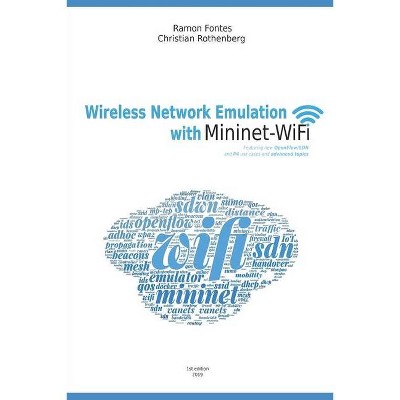Wireless Network Simulation - (Paperback)
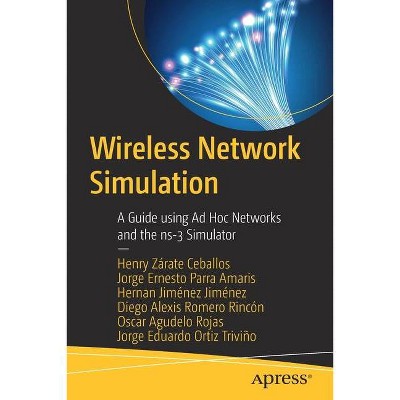
Similar Products
Products of same category from the store
AllProduct info
<p/><br></br><p><b> Book Synopsis </b></p></br></br>Part I: Simulation Basics <p/>Chapter 1: Network Simulation 3Synopsis: The first chapter shows a detailed explanation on simulation, kinds of simulation and the first look at the ns-3 simulator and its formal specification.1.1 Framework1.2 Simulation, models and their importance in research1.2.1 Types of Simulation Techniques1.3 Formal Systems Concepts1.4 Simulation and Emulation1.5 Network Simulators1.6 NS3 Simulator general features1.7 Formal Concepts and NS3Formal Specification1.8 Complementary Readings<br>Chapter 2: Wireless Networks and Ad hoc NetworksSynopsis: The second chapter shows the evolution on wireless networks and its capabilities on the computing and social systems, explain the new architectures and environments for distributed systems and a particularly case of the ad hoc networks. This chapter introduce theoretical and conceptual the wireless networks.2.1 Connectivity and Mobility Evolution2.2 History of Wireless Communication Technologies2.2.1 Computing Architecture with Wireless Networks2.2.2 Internet of Things (IoT)2.2.3 Fog Computing2.2.4 Edge Computing2.3 Mobile Clouds and Ad hoc Network2.4 Features and challenges of MANETs2.5 Wireless mesh networks and wireless sensor networks2.6 Cooperation in MANETs2.7 Routing Protocols2.7.1 Distance Vector and Link State Routing2.8 Social Clouds2.9 Manet Clusters2.10 Complementary Readings<br>Chapter 3: Experiment DesignSynopsis: the third chapter shows the steps and the best practices to design a simulation experiment, the assumptions, models and techniques for determine the factors, the experiments and the core of an simulation experiment. Is a theoretical chapter3.1 Design of Simulations Experiments3.2 Factorial designs3.3 Complementary Readings<br>Part II: Network Simulator <p/>Chapter 4: Network Simulation using NS3Synopsis: The fourth chapter introduces the network simulator 3, his features, computational models, composition and computational structure with examples and detailed explanation of this module, code style and other toolkits useful on ns3 to deploy and run a simulation experiment.4.1 What is NS3?4.2 Relations between Abstractions on NS34.3 Code Style4.4 My First Network4.4.1 Running and Build other scripts4.5 Emulation on NS34.6 Animating the Simulation4.7 Scheduler4.8 Logging and tracing4.8.1 Trace helpers4.8.2 Using Command line Arguments4.9 Exercises<br>Chapter 5: Analyses of ResultsSynopsis: The fifth chapter shows the importance of make a well analysis of results and the experiment outputs, show the statistical techniques for evaluate the quality of data and how validate and verify if an experiment is successful or not5.1 Output data analysis for a single system5.1.1 Transient and steady state behavior of a stochastic process5.2 The random nature of the simulation output5.3 Types of simulation according to the output analysis5.3.1 Statistical analysis for terminating (or transient) simulations5.3.2 Statistical analysis for steady state parameters5.3.3 The replication deletion approach5.4 Complementary Readings<br>Part III: Wireless Network Simulation on NS3 <p/>Chapter 6: Manet Simulation on NS3Synopsis: The sixth chapter shows a detailed explanation with examples, abstractions descriptions, methods and computation models used to<p/><br></br><p><b> From the Back Cover </b></p></br></br>earn to run your own simulation by working with model analysis, mathematical background, simulation output data, and most importantly, a network simulator for wireless technology. This book introduces the best practices of simulator use, the techniques for analyzing simulations with artificial agents and the integration with other technologies such as Power Line Communications (PLC).<br>Network simulation is a key technique used to test the future behavior of a network. It's a vital development component for the development of 5G, IoT, wireless sensor networks, and many more. This book explains the scope and evolution of the technology that has led to the development of dynamic systems such as Internet of Things and fog computing. <br>You'll focus on the ad hoc networks with stochastic behavior and dynamic nature, and the ns-3 simulator. These are useful open tools for academics, researchers, students and engineers to deploy telecommunications experiments, proofs and new scenarios with a high degree of similarity with reality. You'll also benefit from a detailed explanation of the examples and the theoretical components needed to deploy wireless simulations or wired, if necessary.<br>You will: <ul><li>Review best practices of simulator uses</li><li>Understand techniques for analyzing simulations with artificial agents</li><li>Apply simulation techniques and experiment design<br></li><li>Program on ns-3 simulator</li><li>Analyze simulation results</li><li>Create new modules or protocols for wired and wireless networks</li></ul><p/><br></br><p><b> About the Author </b></p></br></br><b>Henry Zárate Ceballos</b> received his PhD in Engineering Computing and Systems and Masters Degree in Telecommunications from the National University of Colombia. Henry is currently a researcher with the TLÖN Group. Henry has worked extesensively with the Ns-2 and Ns-3 simulators and wireless distributed operative systems.<br><b>Jorge Ernesto Parra Amaris </b>received his Masters Degree in Telecommunication from the National University of Colombia, and is an Electronics Engineer from the Colombian School of Engineering Julio Garavito. Jorge's Masters thesis proposed a unique algorithm which was validated through simulation using NS-3. <br><b>Hernán Jiménez Jiménez </b>received his postgraduate Masters in Telecommunications from the National University of Colombia. Hernán is currently a researcher at TLÖN Group.<br><b>Diego Alexis Romero Rincón</b> received his Masters in Electronics from the National University of Colombia and is currently a researcher with the TLÖN Group. Diego focused his Masters thesis on on the NS-3 simulator. Deigo is currently a lecturer at the National University of Colombia.<br><b>Oscar Agudelo Rojas</b> is a systems engineer and lecturer at the National University of Colombia, where he also received his Masters degree in Telecommunications. His research work includes networks (wired and wireless), network coding, simulation (ns2-ns3) and parallel and distributed systems.<br><b>Jorge Eduardo Ortiz Triviño</b> received his PhD in Engineering Computing Systems and Masters Degrees in Telecommunications, Statistics, and Philosophy from the National University of Colombia. Jorge is currently a professor at the National University of Colombia, while also working as a network specialist.<br>
Price History
Price Archive shows prices from various stores, lets you see history and find the cheapest. There is no actual sale on the website. For all support, inquiry and suggestion messages communication@pricearchive.us
